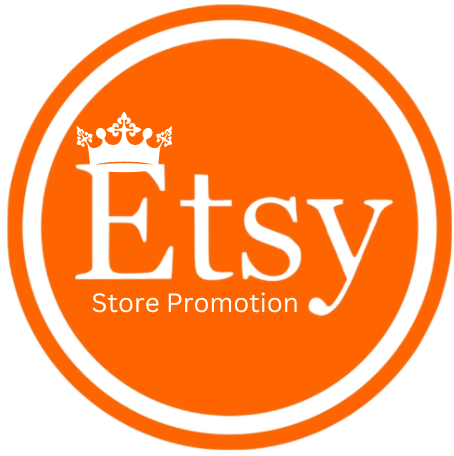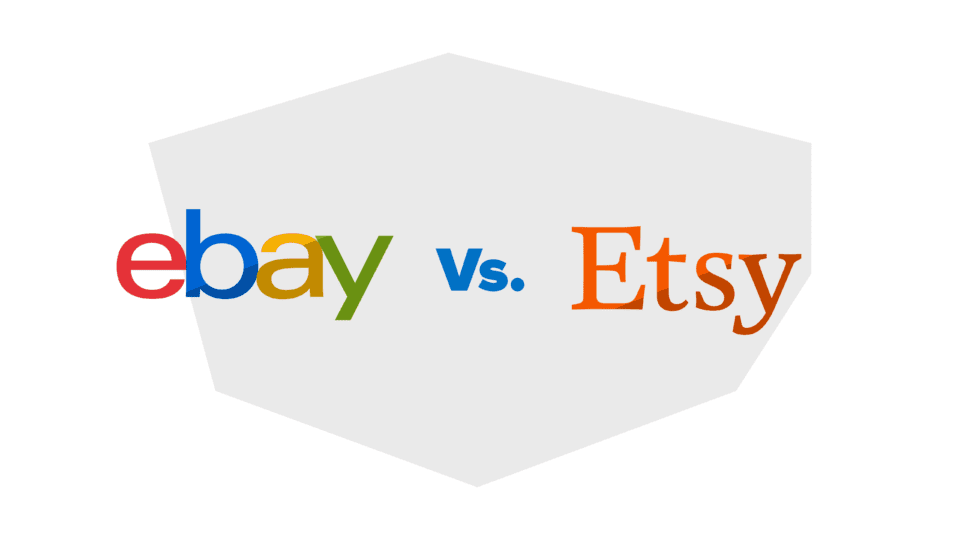Whether you’re starting your first eCommerce shop or expanding from a successful Amazon company, eBay and Etsy are two of the most popular alternatives, with lots of incentives for most sellers. In the second quarter of 2021, eBay’s gross sales were $22 billion and Etsy’s were $3 billion, indicating that there is still plenty of room for growth in both channels.
The platform you choose is determined by your company, its clients, and how you want to advertise items.
eBay and its clients
Although eBay is best known for its auction style, the marketplace has come a long way from the days of fast transactions. The site now supports “Buy It Now” purchasing, with formats specifically designed for items offered by numerous merchants. It also provides product and seller feedback on things that are often purchased, such as movies and TV episodes, in a style similar to that used by Amazon.
As of Q2 2021, the platform has 159 million active buyers. 49% of them are headquartered in the United States. Most are also bargain seekers, hunting for the unique, difficult to find, and odd. In reality, although eBay is identified with consumers shopping for the cheapest things, Business Research Methodology lists its top buyer demographics as those seeking advantages such as “saving time” and “having access to a wider selection of products.” This suggests that eBay customers are seeking for things that are difficult to get elsewhere.
As a result, eBay purchasers are more likely to be rural, to search for bargains or high-end, luxury products, and to have limited access to brands and malls.
As a consequence, eBay lists the following as its best-selling categories:
- Jewelry and timepieces
- Networking and computers/tablets
- Accessories for Cell Phones
- Consoles and video games
- Clothing and footwear
- Cameras and other equipment
- Beauty and Health
- Music, DVDs, and Films
- Automotive
This is in stark contrast to Amazon’s top ten, which includes appliances, software, arts and crafts, home products, and cosmetics and personal care. It’s also quite different from the top Etsy items, as you’ll find if you keep reading.
Etsy and its clients
Because of the marketplace’s tight restrictions, Etsy is a considerably smaller marketplace. Etsy’s listing standards, for example, still stipulate that all things must be vintage (at least 20 years old), handcrafted, and/or developed by you or a craft supply. Despite this, there is a robust live plant industry on Etsy, as well as tiny stores and low-volume manufacturers providing handcrafted items.
Etsy only permits fixed prices for products. You may, however, tweak listings so that purchasers can purchase versions of a same product. This results to complete customisation of goods and bespoke orders with minimum prior discussion.
As a consequence, Etsy attracts a vast number of purchasers searching for one-of-a-kind, personalized, and handcrafted items. If you want to sell mass-market items, Etsy is not the place to be. Etsy, on the other hand, rewards consumer loyalty. Almost 80% of Etsy transactions are repeat purchases, according to Forbes (across the platform, not individual stores).
Etsy caters to the middle and upper-middle classes, with a median family income of $56,000 and 61% of consumers residing in cities. Furthermore, it is projected that 86% of consumers are female. That distinguishes us from the majority of our rivals.
This corresponds to Statista’s list of the top Etsy selling categories:
- 25% Household and Living
- 21% are art and collectibles.
- 15% off jewelry
- 11% Clothes
- 8% Accessory
- 6% Cosmetics and Toiletries
- Toys and Games 4%
- 3% Purses & Bags
- Wedding 2%
- 2% Films, Books, and Music
These top ten product categories are quite different from eBay, with almost no audience for electronics, home products, and so forth.
Shipping specifications
eBay and Etsy both have shipping restrictions for merchants. They are, however, substantially more lenient than Amazon or Walmart. Unless, of course, you choose two-day delivery.
eBay
eBay simply forces sellers to choose and keep to particular delivery choices. This includes shipping and handling within the time frame provided and charging no more than the actual cost of handling and postage. When items are dispatched with one-business-day handling, free shipping, and are received within the given time frame, eBay automatically assigns a five-star rating.
If you choose eBay Guaranteed Delivery (which you should), you must first develop a high performance score, then choose whether to use a third-party logistics provider or an eligible delivery service, and last meet performance and delivery scores.
Etsy
Etsy is more laid-back than eBay since the platform believes you often have to produce products to order. As a consequence, purchases must be sent within 30 days after placement. You must additionally charge what you have been charged for shipping and handling. While there aren’t many more requirements on Etsy, they do ask that you be upfront about overall processing and handling timelines. Be upfront with consumers if they won’t get your goods for 30 days or more after placing their purchase.
Seller commissions
Seller fees are charged on all platforms, however the pricing structures on eBay and Etsy are vastly different. This may make it tough to compare them.
eBay
There are two sorts of fees charged by eBay: insertion fees and final value fees. These are the fees for listing and selling the goods. Furthermore, certain categories have different costs.
The following are the basic fees:
- The first 250 product listings are free each month. Following that, you pay $0.35 each listing.
- Most categories have a 12.55% charge plus delivery fees, with a 2.35% fee on any purchase exceeding $7,500.
- Some categories, such as footwear costing above $100, are exempt from the final value charge.
- Some categories have cheaper fees, such as guitars, basses, and trading cards. For example, if you sell guitars, you will pay an average transaction charge of 5.85%.
- Every transaction includes a $0.30 closing charge per order.
Etsy
Etsy’s costs are significantly simpler, however there are a few quirks. The following are the normal fees:
- The listing cost or renewal price is $0.20 per item, per quantity, and per month. So, if you list 300 of an item and the listings expire every four months, you may expect to spend $60 to retain that inventory every four months.
- All sales are subject to a 5% transaction charge.
- All shipping is subject to a 5% transaction charge.
So, where do the complexities come into play? You may choose to participate in Etsy initiatives like as Pattern, which basically market and spotlight your items. If so, you’ll be charged a 15% transaction fee for transactions of less than $10,000 in a year, and a 12% transaction fee for sales of more than $10,000. You will also be charged currency conversion and payment costs (although eBay has these too).
Tools for sellers
Both eBay and Etsy provide comparable seller tools. Product management, inventory management, listing templates, promotions or promoted posts managers, on-site advertisements, and off-site ads are examples of these. eBay enhances this by providing a seller center for managing big transactions and inventories. Both services include sales management, dashboards, seller monitoring, and an app. So, although both are identical, eBay is tailored at higher-volume sales.
Seller performance expectations
eBay reviews sellers every three months if they have 400 or more sales during that time period. You must have a maximum transaction fault rate of 2% here. This implies that no more than 2% of transactions may have late shipment, bad feedback, a return request, a product problem, or other issues. If your defect rate is less than 0.5%, you will be awarded the Top-Rated Seller badge.
Etsy only checks seller accounts when a substantial number of negative reviews or refund requests are received. In this instance, Etsy will investigate the issue and react by restricting or suspending your account. However, Etsy does not specify which requirements you must follow.
When choosing a channel, keep business fit in mind.
You may make a better product-fit choice for your company now that you know more about what works on Etsy and eBay.
- Product kind and production – Etsy is not a suitable market match if you have newly manufactured or mass-produced products. Handmade and bespoke items function on both platforms, but if you don’t have a well-known brand or advertising campaign, you may struggle to get noticed on eBay.
- Infrastructure – eBay’s shipping and customer service procedures are substantially tougher. To encourage repeat business, you must provide timely shipment and a positive client experience on any platform.
Last but not least, your product specialty is crucial. Etsy is a fantastic platform for small businesses and companies with one-of-a-kind items and services. eBay is a better match for merchants that have searchable items that shoppers know they want and need. Select the platform that will complement and support your specialty the best.
Finally, eBay vs. Etsy
Both eBay and Etsy have a lot to offer, so you may want to use both. Many vendors, however, will choose one over the other depending on store size, demography, and brand. Take your time formulating your choice, and then stick to it.

